While Paris captivates visitors with its iconic landmarks and charming neighborhoods, the surrounding region offers equally rewarding experiences within easy reach of the city. The French countryside, historic towns, and magnificent châteaux provide perfect complements to urban exploration, all accessible within an hour or two by train or car.
Here is a list of 20 exceptional day trips from Paris that showcase the diverse attractions of the Île-de-France region and beyond, allowing travelers to experience more of France without changing accommodations.
Versailles Palace and Gardens
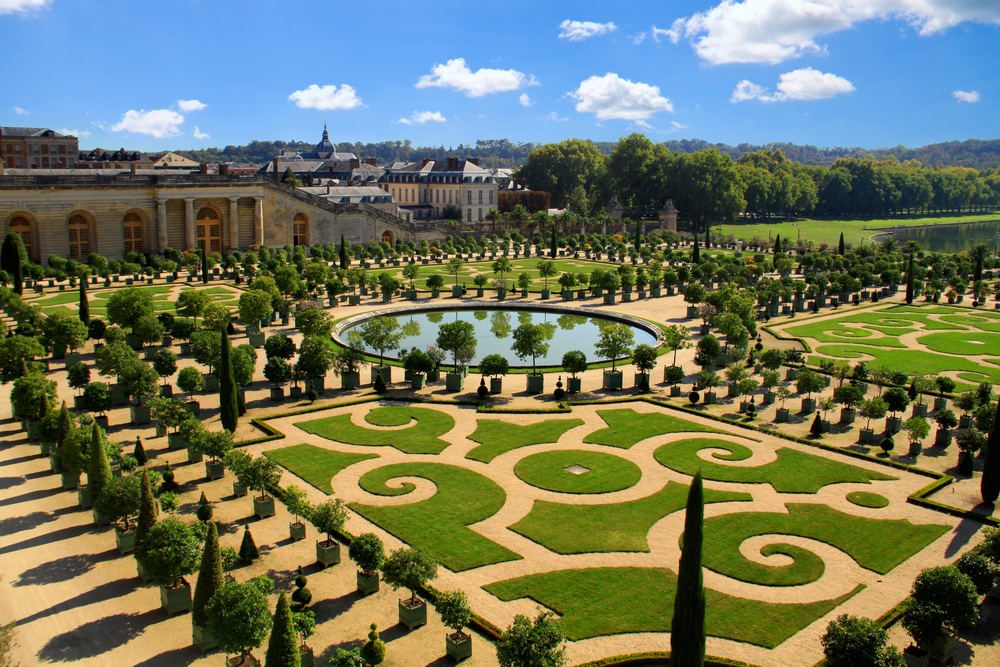
The epitome of royal extravagance lies just 12 miles southwest of Paris, accessible via a 30-minute RER C train ride. The immense palace with its 700 rooms and 2,000 acres of meticulously designed gardens represents the height of French classical architecture and landscape design.
The Hall of Mirrors, where the Treaty of Versailles was signed ending World War I, dazzles visitors with its 357 mirrors reflecting light from opposite windows overlooking the Grand Perspective of the gardens.
Giverny
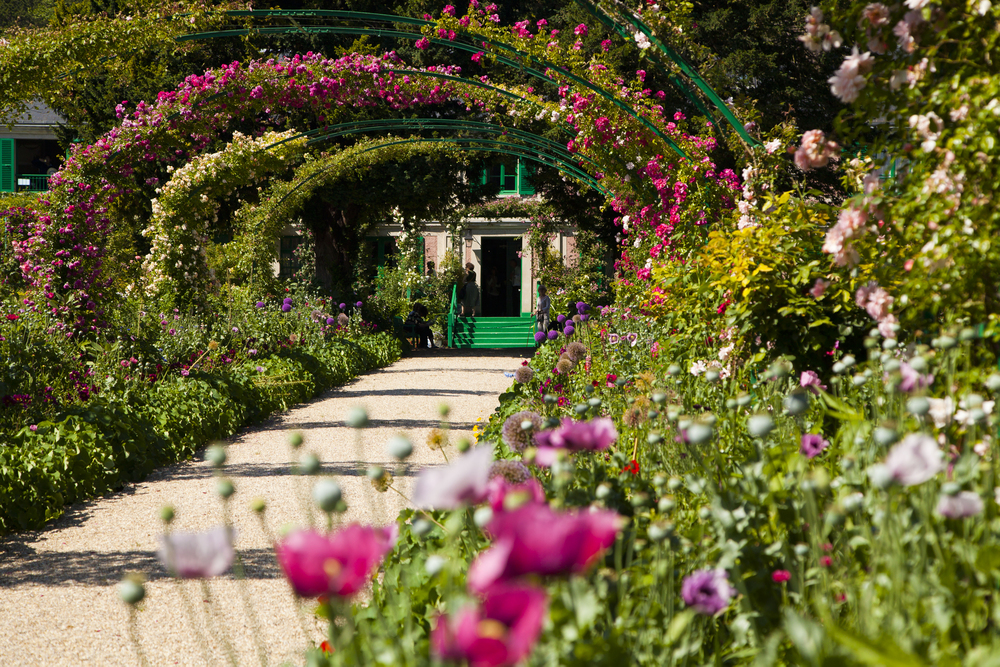
Claude Monet’s home and gardens transport visitors into the living canvas that inspired his famous water lily paintings. The artist designed these gardens as compositions, with the Japanese-inspired water garden featuring the distinctive green bridge immortalized in his work.
Spring and summer visits showcase spectacular flowerbeds with brilliant color combinations that demonstrate Monet’s mastery of light and seasonal change as captured in his Impressionist masterpieces.
Like Travel Pug’s content? Follow us on MSN.
Château de Fontainebleau

This magnificent royal residence served as home to French monarchs from Louis VII through Napoleon III, spanning eight centuries of continuous royal presence. The château houses exceptional Renaissance frescoes, Napoleon’s throne room, and Marie Antoinette’s Turkish boudoir, highlighting evolving tastes across generations of French rulers.
The surrounding forest, once the royal hunting ground, now offers peaceful walking paths through ancient woodlands that have inspired painters and writers for centuries.
Reims

The unofficial capital of the Champagne region lies just 45 minutes from Paris via high-speed train, making it perfect for a day of cathedral viewing and champagne tasting. The magnificent Gothic cathedral served as the coronation site for French kings for over 1,000 years and features exceptional stained glass windows, including modern designs by Marc Chagall.
Prestigious champagne houses, including houses like Veuve Clicquot, Taittinger, and Mumm, offer fascinating cellar tours explaining the traditional méthode champenoise before sampling their distinctive styles.
Chartres
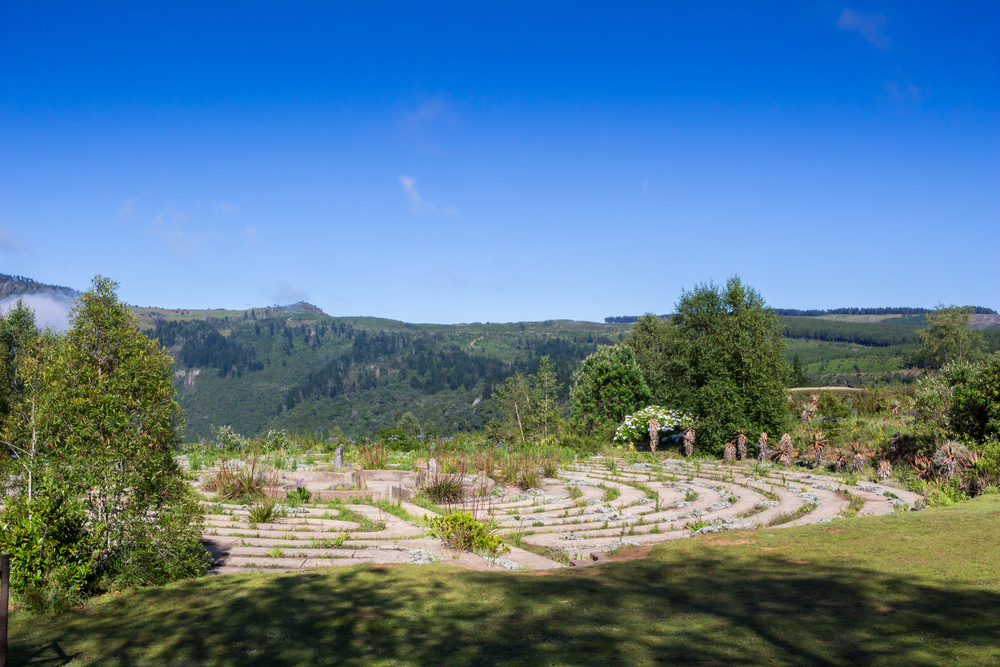
The UNESCO-listed cathedral in this medieval town showcases the height of French Gothic architecture, with mismatched spires that add distinctive asymmetry to its façade. The building’s 176 stained glass windows created between 1200 and 1235 comprise the most complete collection of medieval stained glass in existence, with the deep blue ‘Chartres blue’ remaining inimitable across eight centuries.
The labyrinth embedded in the cathedral floor represents a symbolic pilgrimage, with visitors traditionally following its path on their knees as a form of devotion or meditation.
Like Travel Pug’s content? Follow us on MSN.
Château de Chantilly
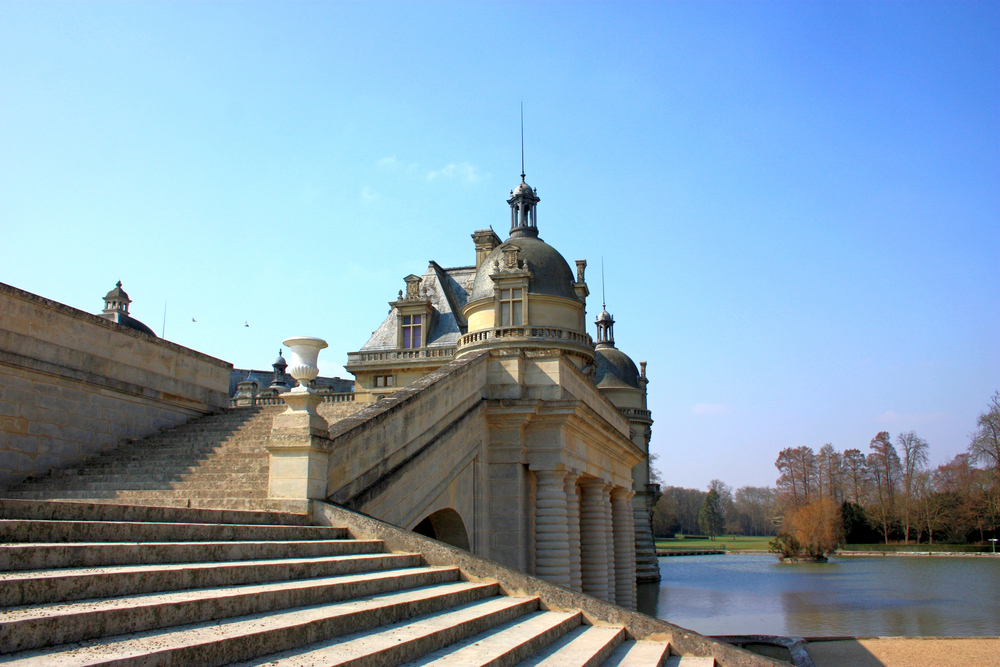
This fairy-tale castle houses the second-largest collection of antique paintings in France after the Louvre, displayed in a gallery built specifically for the purpose. The château’s reflection in its surrounding moat creates picture-perfect views, while the stables accommodate 260 horses in what were considered the most luxurious equine accommodations in Europe.
The grounds feature formal French gardens designed by André Le Nôtre alongside the more natural English-style garden that became fashionable in the 18th century.
Provins
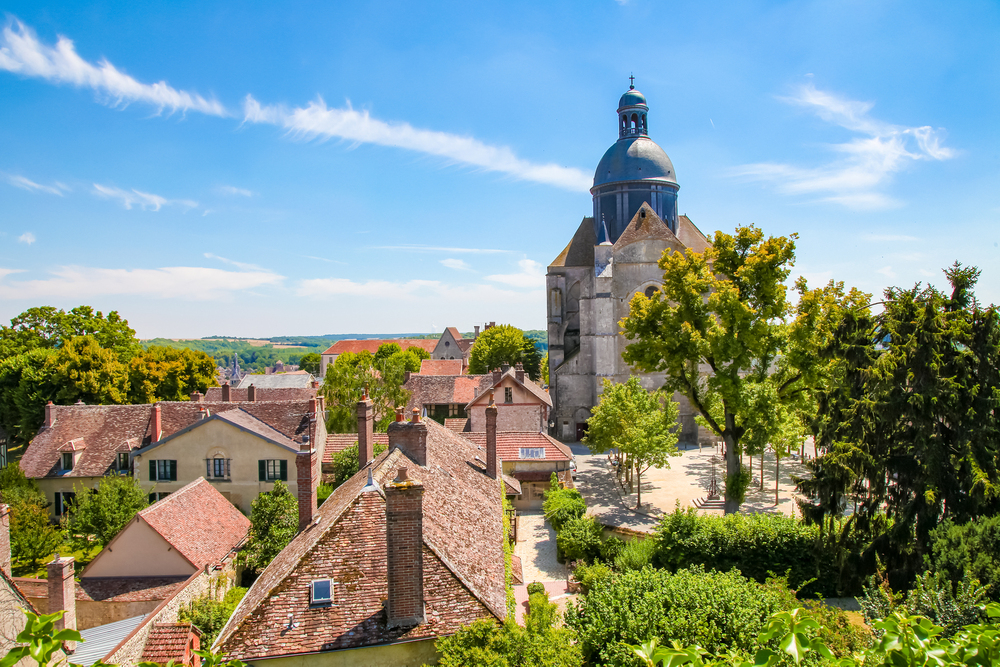
This remarkably preserved medieval trading town transports visitors to the 12th and 13th centuries, when it hosted the famous Champagne Fairs, which attracted merchants from across Europe. The intact city walls, fortified gates, and half-timbered merchant houses create an authentic atmosphere recognized by UNESCO as a World Heritage site.
Summer visitors can experience medieval falconry displays, knight tournaments, and traditional craft demonstrations that bring the Middle Ages vividly to life.
Château de Vaux-le-Vicomte
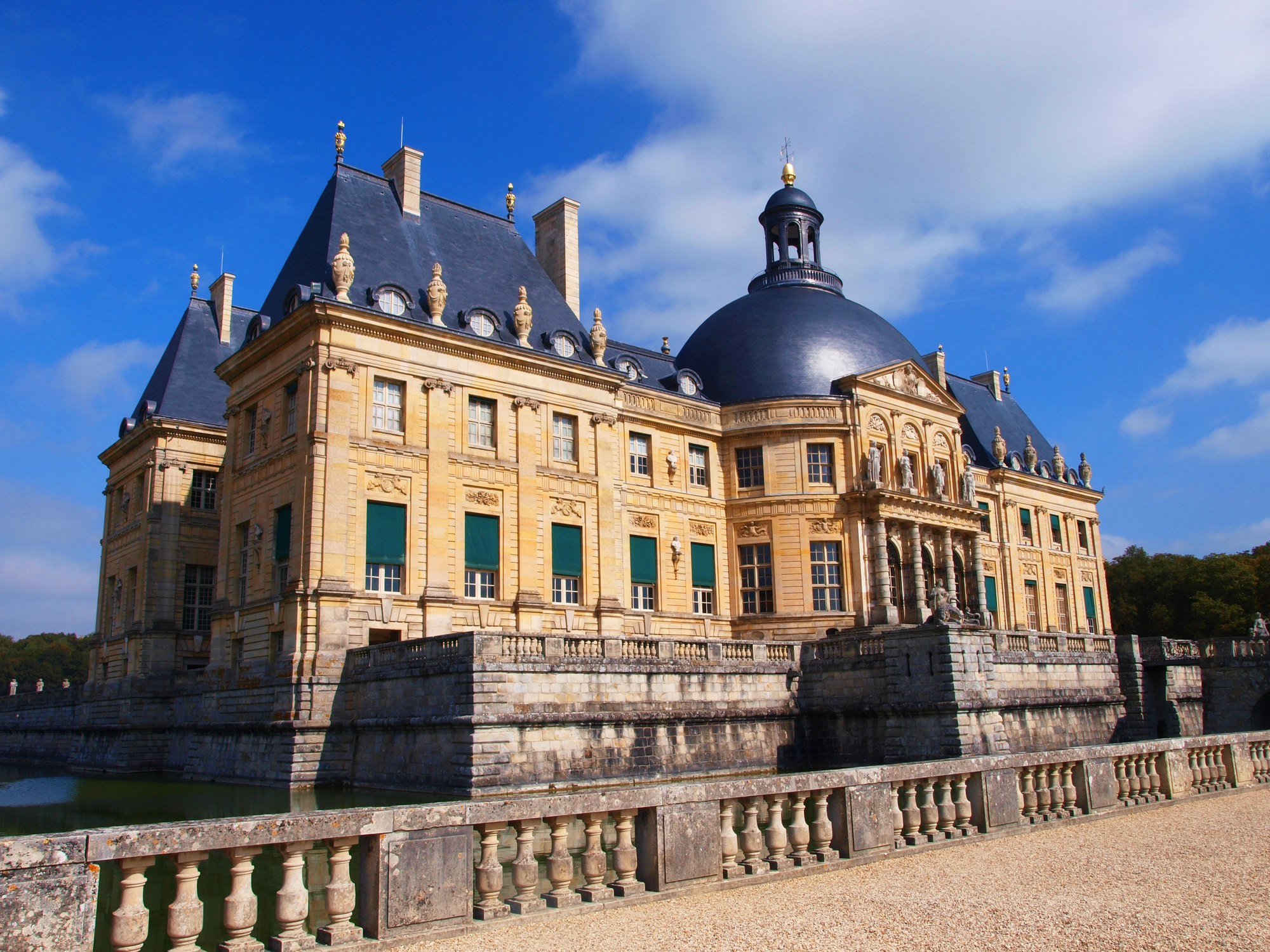
This private château represents the precursor to Versailles, with the same team of architect, landscape designer, and painter later employed by Louis XIV. The ambitious estate built by Nicolas Fouquet, Louis XIV’s finance minister, provoked such jealousy from the king that Fouquet was arrested following the lavish inauguration celebration.
Saturday evening visits offer the magical experience of the château and gardens illuminated by thousands of candles, recreating the atmosphere of 17th-century entertainment.
Like Travel Pug’s content? Follow us on MSN.
Auvers-sur-Oise
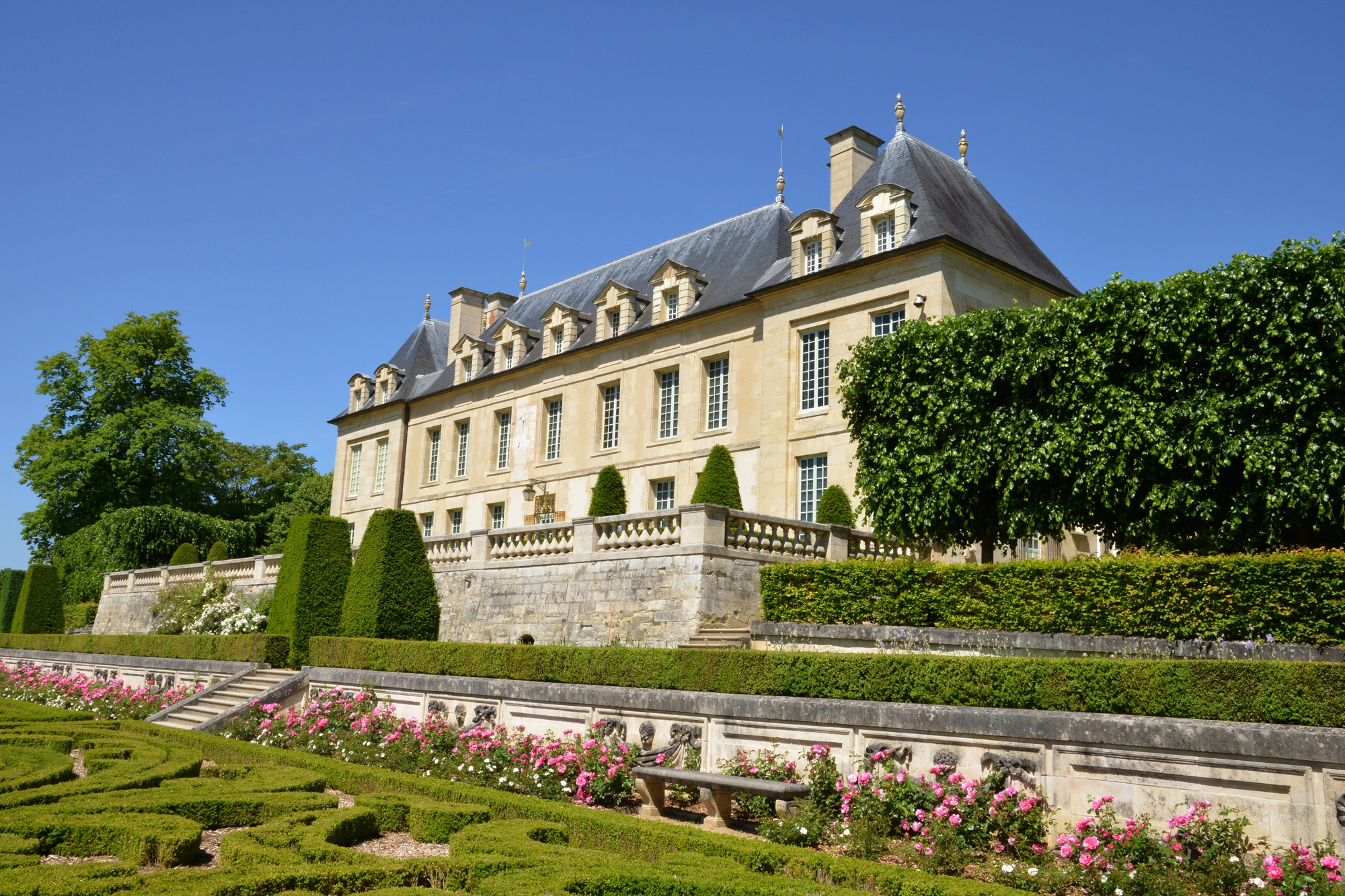
This village, northwest of Paris, attracted numerous Impressionist painters, most notably Vincent van Gogh, who spent his final months here creating over 70 paintings. Visitors can follow in Van Gogh’s footsteps through landscapes virtually unchanged since he painted them, with markers showing the exact viewpoints of various masterpieces.
The simple room in Auberge Ravoux where Van Gogh spent his final days and the modest grave he shares with his brother Theo create poignant connections with the troubled artist’s life.
Mont Saint-Michel
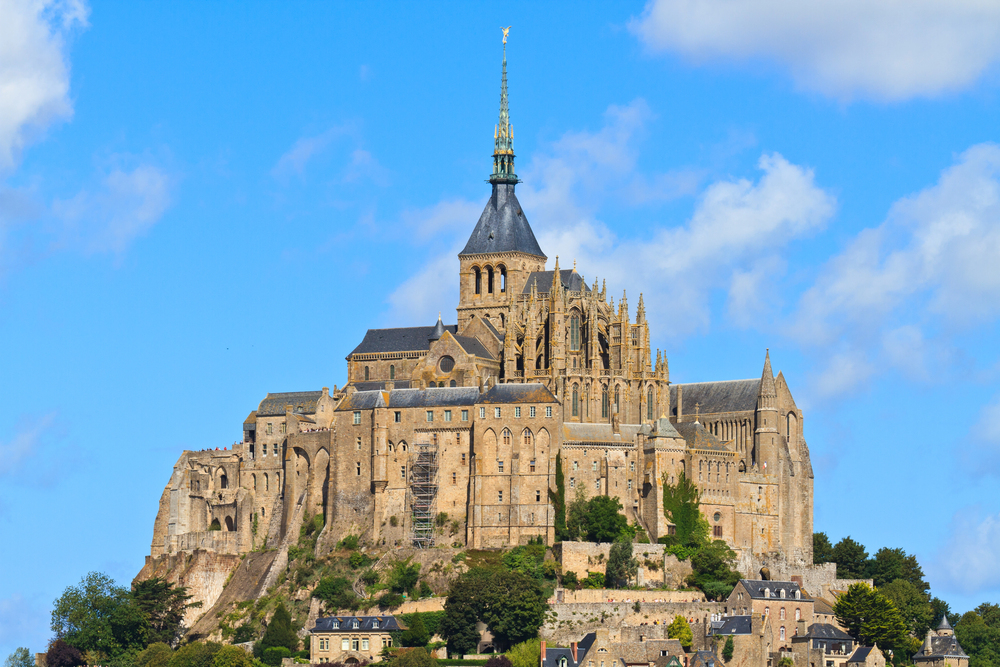
While requiring an early start via high-speed train, this iconic medieval abbey perched on a rocky island presents one of France’s most breathtaking monuments. The architecture follows a theological concept with common buildings at the base, followed by great halls for nobles, and the abbey church crowning the ensemble as closest to heaven.
The dramatic tides that can rise at the speed of a galloping horse completely transform the surroundings twice daily, reinforcing the mystical separation between the spiritual world of the abbey and the earthly realm below.
Disneyland Paris
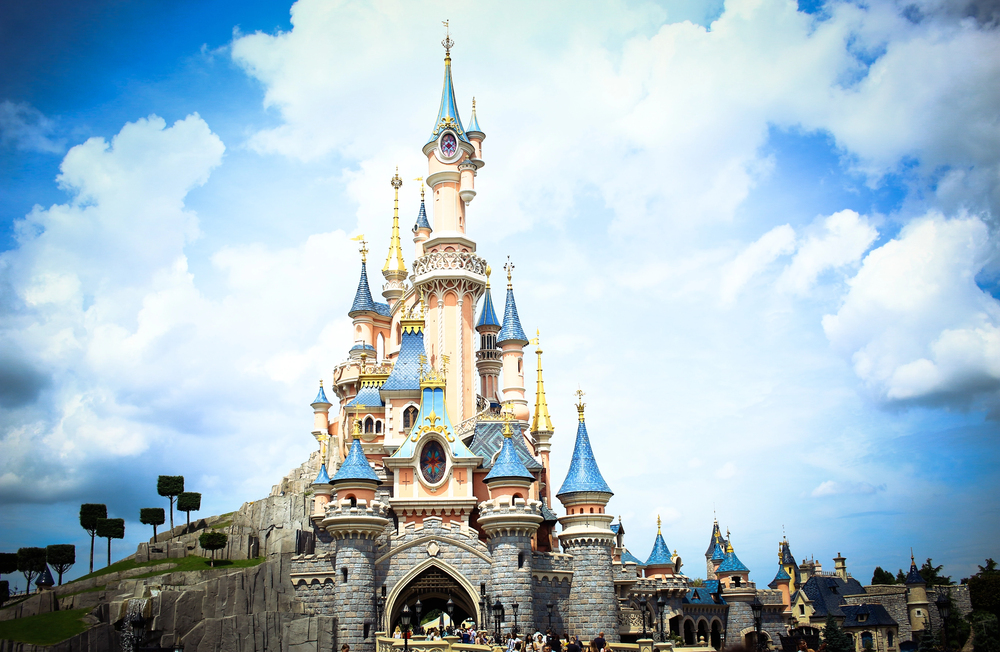
Europe’s most visited theme park offers a distinctly French interpretation of Disney magic just 40 minutes by RER train from central Paris. The castle draws inspiration from French medieval illuminated manuscripts and tapestries, creating a more authentic European aesthetic than its American counterparts.
The park features exclusive attractions not found at other Disney properties, including a Ratatouille-themed ride celebrating the Pixar film set in Paris.
Like Travel Pug’s content? Follow us on MSN.
Rouen
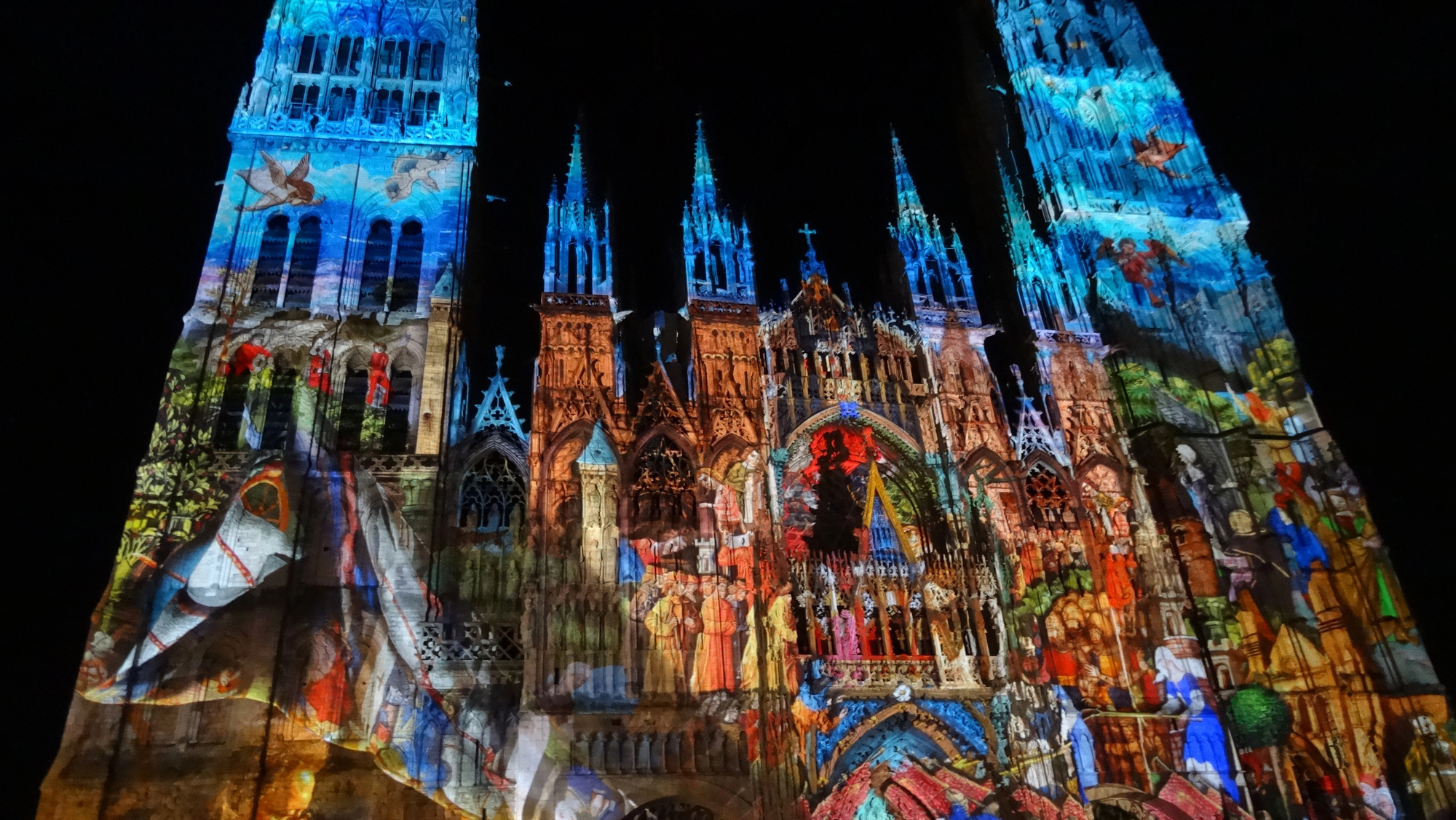
The capital of Normandy preserves exceptional Gothic architecture alongside half-timbered medieval buildings that somehow survived extensive WWII bombing. The city’s magnificent cathedral inspired Monet’s famous series of paintings, which capture changing light conditions across different times of day and seasons.
The exact spot where Joan of Arc was burned at the stake in 1431 now features a modernist church with stained glass from the destroyed medieval church that stood witness to her execution.
Fontainebleau Forest
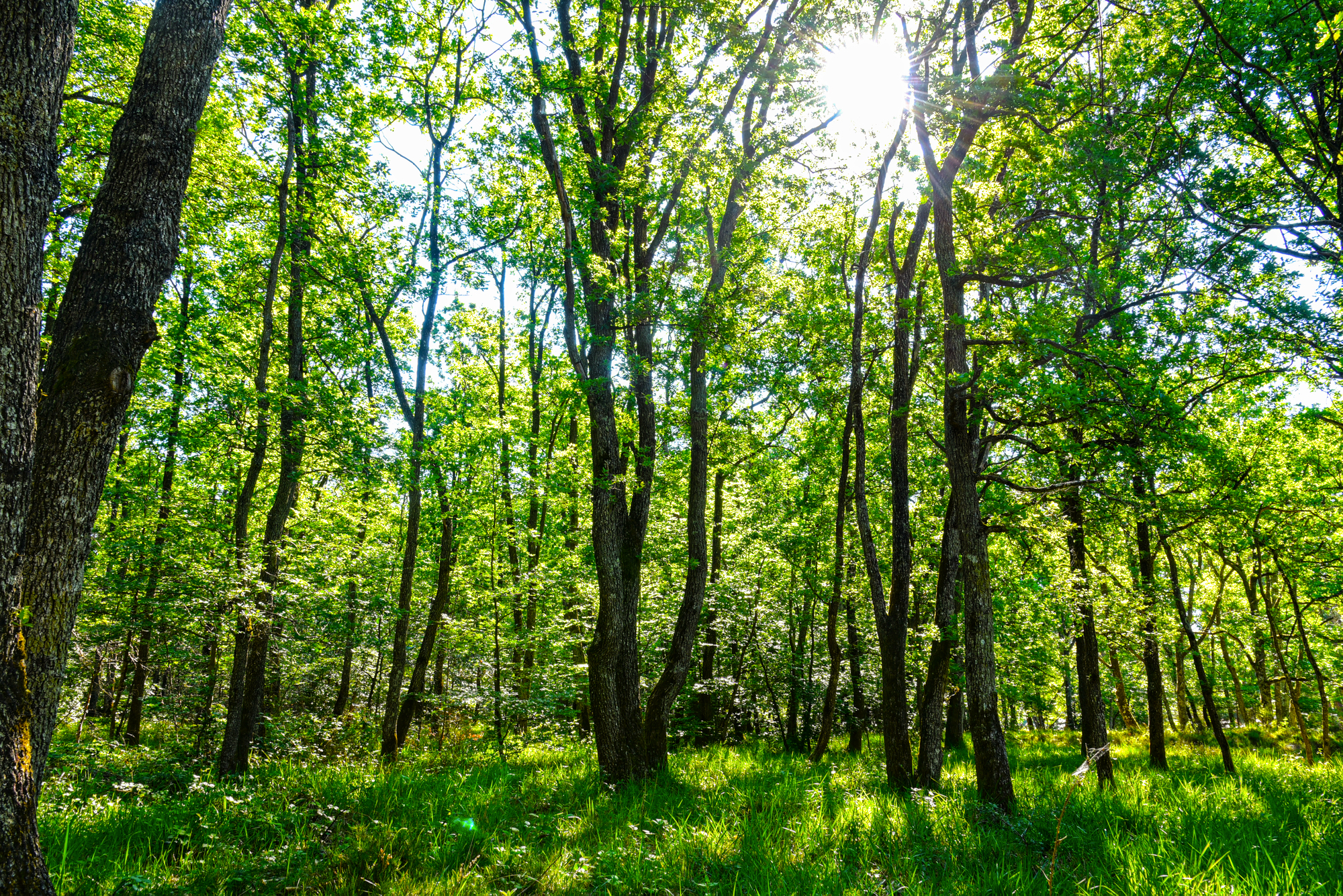
This vast woodland south of Paris covers 25,000 hectares and features distinctive white sandstone formations that attract world-class rock climbers alongside casual hikers. The forest served as an outdoor laboratory for the pre-Impressionist Barbizon School painters who broke with academic traditions to paint directly from nature in this atmospheric setting.
The varied landscapes include mysterious misty mornings, sun-dappled clearings, and ancient oak groves harboring wildlife, including wild boar and red deer.
Champagne Region

The picturesque vineyards surrounding Épernay and nearby villages produce the world’s most celebrated sparkling wine using strictly controlled traditional methods. The Avenue de Champagne in Épernay features the headquarters of prestigious champagne houses built above a network of 110 kilometers of underground chalk cellars storing millions of bottles.
Small producers throughout the region offer personalized tasting experiences that contrast with the more formal presentations of the famous houses, providing insight into different champagne styles and production philosophies.
Like Travel Pug’s content? Follow us on MSN.
Château de Malmaison
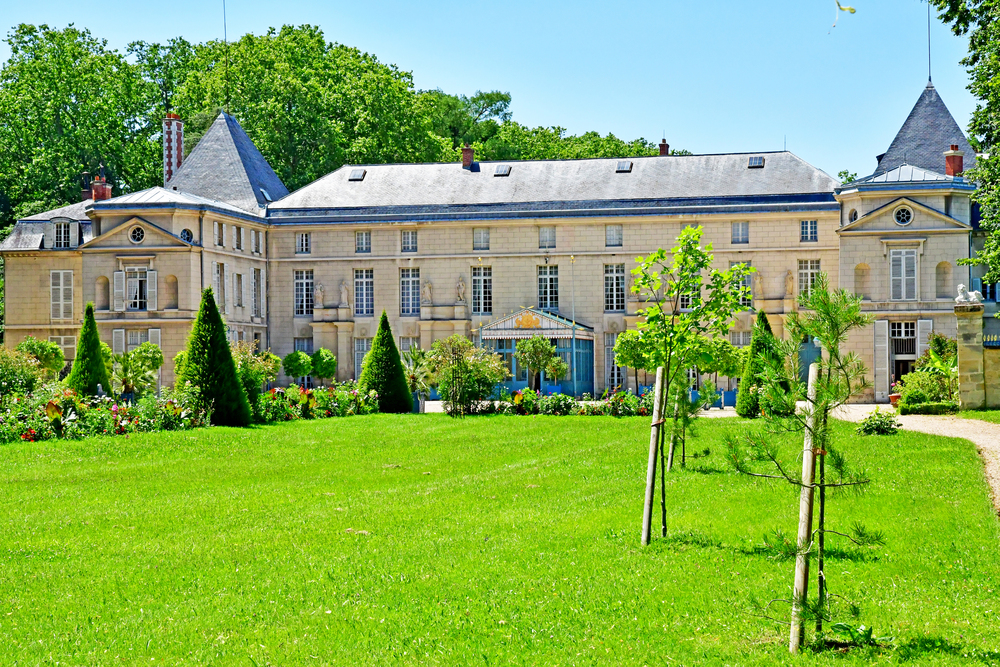
The elegant country home of Napoleon and Josephine reveals the imperial couple’s private life away from official duties and public displays. Josephine’s passion for botany transformed the grounds into an important collection of rare plants, including the development of her famous rose garden that helped establish France’s dominance in rose cultivation.
The intimate scale and personal touches throughout the residence provide a counterpoint to the grandeur of official imperial properties, revealing the tastes and interests of the controversial couple.
Senlis
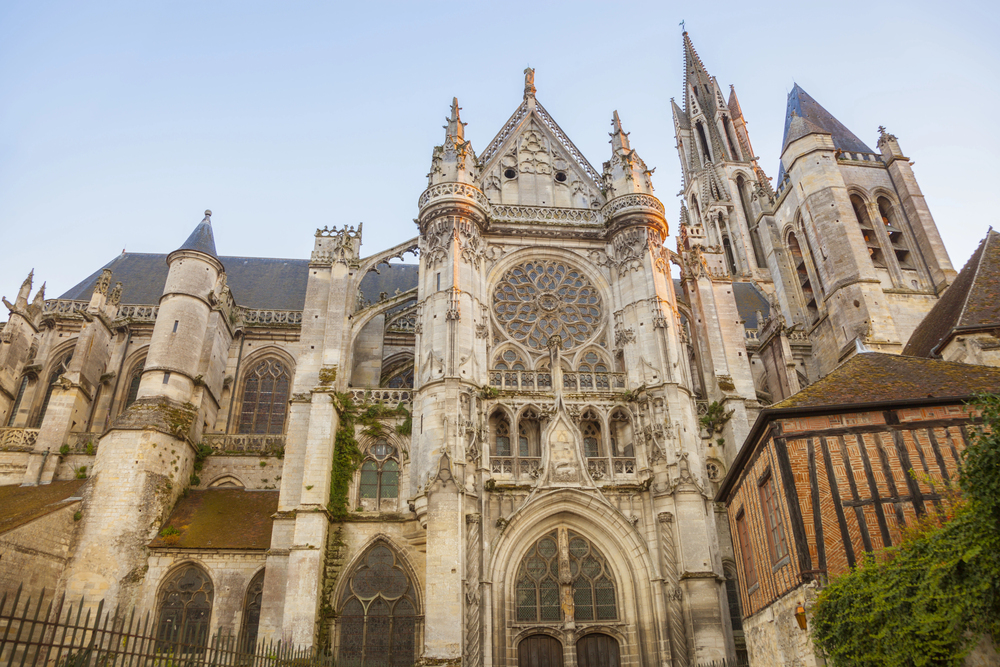
This compact medieval town preserves its ancient Gallo-Roman walls alongside narrow cobblestone streets lined with well-maintained historic buildings. The former royal residence retains three fortified gates from its medieval defenses and a Gothic cathedral with a graceful 78-meter spire visible for miles across the surrounding countryside.
The pedestrianized town center creates a peaceful atmosphere for exploring architectural treasures spanning nearly 2,000 years of continuous habitation and development.
Barbizon
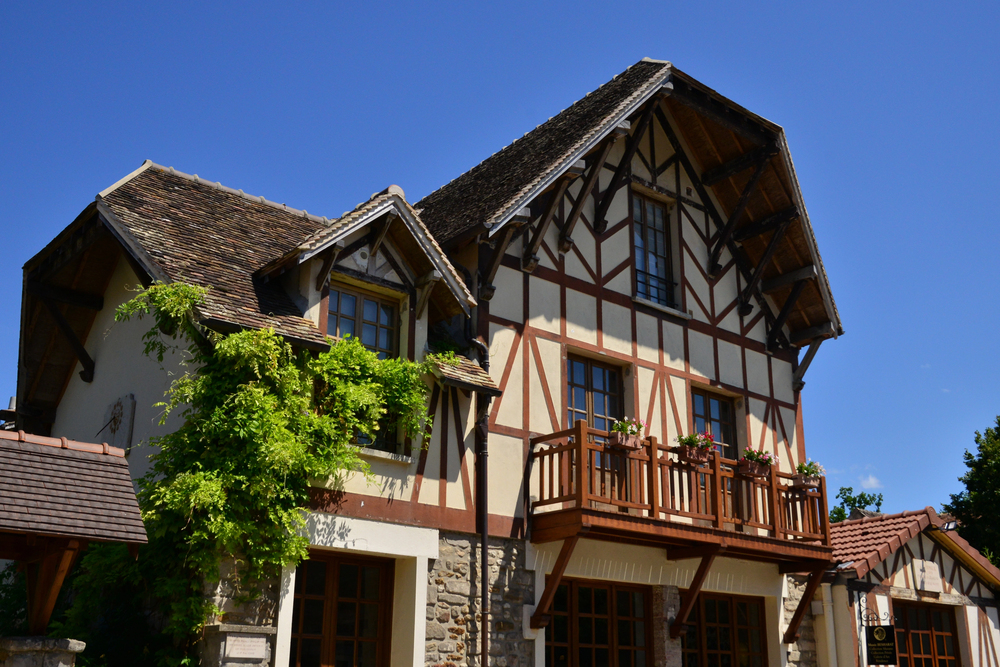
This charming village attracted landscape painters seeking direct inspiration from nature before the Impressionist movement fully developed. The Barbizon School artists’ preference for realistic landscapes over idealized classical compositions revolutionized French painting in the 19th century.
The restored studios and homes of painters, including Jean-François Millet and Théodore Rousseau, allow visitors to see the actual settings where these influential artists lived and worked while developing their naturalistic approach to landscape painting.
Like Travel Pug’s content? Follow us on MSN.
Saint-Germain-en-Laye
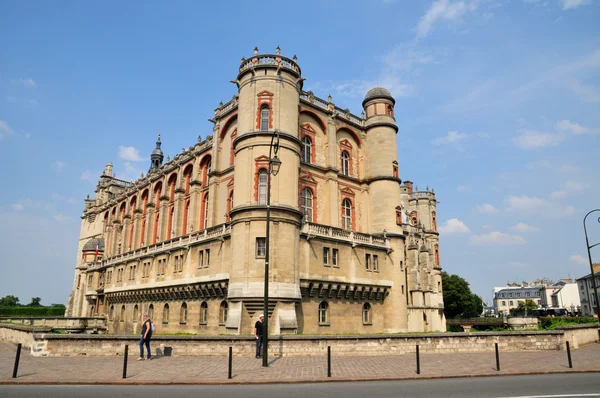
This sophisticated suburb houses an impressive château converted into the National Archaeological Museum, containing artifacts spanning French prehistory through the Middle Ages. The formal gardens designed by André Le Nôtre feature a 2.4-kilometer terrace offering spectacular views across the Seine Valley to Paris in the distance.
The town center preserves elegant architecture and connections with Louis XIV, who was born in the château, as well as exiled British monarch James II, who lived and died here after fleeing the Glorious Revolution.
Chantilly Racecourse

The magnificent racecourse north of Paris hosts two of France’s most prestigious racing events in the elegant surroundings of a 19th-century hippodrome. The unique right-handed track features a challenging uphill finish that has tested champions since 1834 in what French racing enthusiasts consider their most beautiful venue.
The surrounding training center houses approximately 3,000 thoroughbreds in tranquil woodland settings, with early morning visits offering glimpses of these magnificent animals exercising among the forest paths.
Lille
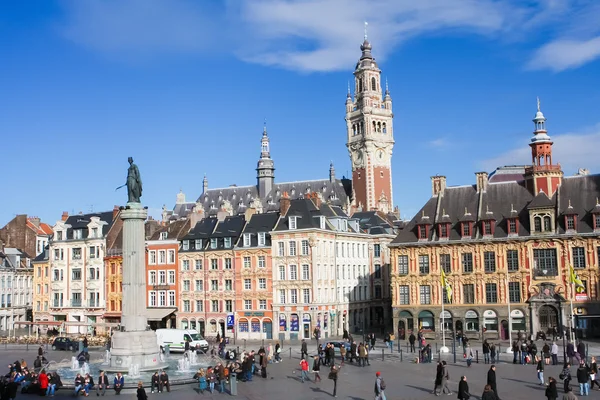
France’s northern capital, which can be reached in just one hour via high-speed train, offers a distinctive cultural blend of French and Flemish influences evident in its architecture, cuisine, and atmosphere. The regenerated industrial city now showcases a vibrant cultural scene centered around the Palais des Beaux-Arts, housing France’s second-largest art collection featuring works by Rubens, Van Dyck, Goya, and Delacroix.
The charming old town with its colorful Flemish-style buildings creates an atmosphere quite different from Paris, demonstrating the regional diversity found throughout France.
Like Travel Pug’s content? Follow us on MSN.
Beyond the City of Light

These day trips from Paris reveal the remarkable depth and variety of experiences available within easy reach of the capital. From royal châteaux to medieval villages, artistic havens to natural wonders, these excursions complement the Parisian experience by showcasing different aspects of French heritage and landscape.
Incorporating even one or two of these destinations into a Paris itinerary provides a more complete understanding of France’s cultural richness and geographical diversity beyond the capital’s familiar landmarks.
More from Travel Pug

- Cities Growing so Fast You Won’t Recognize Them in 10 Years
- 13 Destinations Where Tourists Regularly Regret Their Trip
- 16 U.S. Cities That Are Quietly Becoming Travel Hotspots
- Where to Travel If You Love Long Bus Rides and Daydreams
- 20 Cities Perfect for Solo Travelers Who Crave Adventure & Culture
Like Travel Pug’s content? Follow us on MSN.
